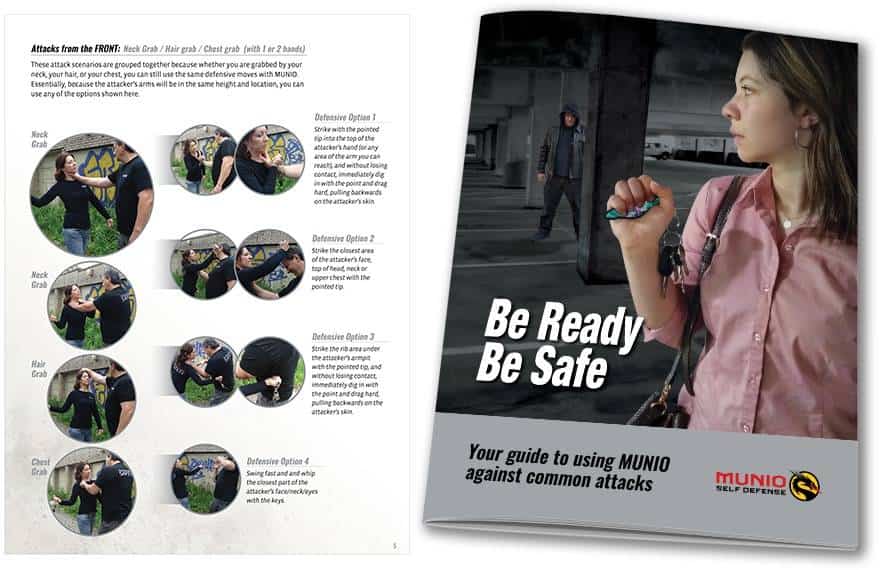Bullying at school is not a new problem — it’s been a tormenting reality for millions of children or teens perhaps for as long as schools have been around. But in today’s culture, with constant access to social media, bullying has turned into an epidemic-level issue. As a recent survey from Pew Research Center reported, nearly half of U.S. students, ages 13–17, have dealt with online abuse or harassment from a peer.
Such treatment can spill over from the internet into school classes, hallways, cafeterias, and locker rooms. For some bullying victims, this begs the question: Is any environment safe?
As a parent, it’s utterly heartbreaking to watch your child suffer from the physical, psychological, and emotional impacts of bullying at school. But at the same time, you might know how to help them. Keep reading for some effective ways to support your child’s healing and protect them from further harm.

What Is Bullying?
Bullying is an unwanted, unprovoked assault inflicted on a person by someone in their peer group. This can be a physical, verbal, or online attack, or the behavior can be a recurring pattern. Bullying also creates an imbalance of power, enabling an assailant to control the victim through fear, shame, coercion, humiliation, ostracism, threats of harm, or actual violence. No matter which form it takes, bullying at school can cause long-term social, educational, or psychological consequences.
According to the BJM Pediatrics Open Journal, one in three children across the globe face some kind of bullying every month, but the most vulnerable targets are seen as “different” from their classmates. They might be bullied for their appearance, ethnicity, gender, socioeconomic level, sexual orientation, or body shape, the research continues. Those with physical disabilities or neurodivergent styles of learning are also at an increased risk of victimization.
Whatever the cause, bullying at school is associated with the following:
- Low self-esteem
- Anxiety or depression
- Substance abuse
- Loneliness or isolation
- Self-harm behaviors
- Suicidal ideation
- Chronic fatigue
- Sleep disturbances
- Lack of appetite
- Stomach pain or headache
- Panic attacks or disorder
- School absenteeism or dropout
- Low academic performance
These physical and mental consequences can last into adulthood, the journal also points out.
What Are the Types of Bullying at School?
As we mentioned earlier, bullying at school can manifest in a number of ways. Some forms are obvious to detect, while others are more insidious or covert — but just because a certain bullying tactic is not immediately noticeable doesn’t make it any less serious. To put this into context, online bullying correlates with a 50 percent higher risk of suicidal behaviors in children or teens, reports the JAMA Network.
Therefore, as a parent, it’s important to be familiar with all types of bullying at school in order to spot the signs of bullying in your own child:
- Physical: This kind of bullying uses force or violence to cause harm and intimidation. Examples include hitting, pinching, kicking, scratching, tripping, shoving, touching in a sexual manner, or defacing personal items.
- Verbal: This kind of bullying uses malicious, insulting words to inflict emotional distress. Examples include name calling, teasing, sarcastic comments, offensive jokes, sexual harassment, or racist and homophobic remarks.
- Relational: This kind of bullying uses false information or targeted behaviors to hurt the victim’s reputation and social connections. Examples include recurring gossip, exclusion, rejection, spreading rumors, or silent treatment.
- Online: This kind of bullying uses internet platforms, such as social media, to virtually harass someone. Examples include posting offensive comments or DMs, spreading rumors online, cyberflashing (sending someone an explicit image without their consent), revenge porn (sharing an explicit image of that person without their consent), or encouraging other classmates to “unfollow” the victim.
If you’re concerned about the potential of bullying at school — or if your child is suffering from this abuse — it’s natural to want actionable solutions and preventive measures. Unfortunately, more than half of U.S. students who experience bullying feel that elected officials have not done enough to combat it, reports the Pew Research Center poll referenced above.
This means it’s up to parents to take matters into their own hands, which brings us to our next section …
How Can You Handle Bullying at School?
To answer this question, we spoke with martial artist and self-defense instructor Gary Glemboski. A former victim of bullying himself, as well as a retired military serviceman and law enforcement officer with 55 years of karate experience under his belt, Gary has a wealth of actionable advice to share.
He recommends the strategies below to help protect and empower your child against bullies:
- Encourage your child to take a stand for other bullying victims. Teach your child to treat their peers with kindness, empathy, respect, and other prosocial behaviors. Encourage them to intervene if they witness someone being victimized at school or online. Standing up to a bully on behalf of another student can help boost your child’s self-esteem as well as inspire a no-tolerance policy against bullying among their peers.
- Report all incidents of bullying at school. Campus bullying intervention policies will decrease victimization by about 15 percent, according to the Prevention Science Journal. Such programs can bolster academic and mental health outcomes too. So urge your child to report bullying to a trusted teacher, administrator, or school official in order to combat an internal culture of bullying.
- Ensure that your child is not provoking bullies. It’s not necessarily in a child’s best interest to fight back or show emotion in response to bullying, as both of these reactions can escalate aggression in bullies. Teach your child how to remain confident and in control of the situation, without visible anger or fear. The most effective response is to ignore an assailant or tell them to stop in a direct, matter-of-fact tone.
- Enroll your child in a structured self-defense program. Martial arts is a discipline that instills true competence and confidence in children so that they can look out for themselves and others. Gary’s advice is to seek out a continuous program, rather than a one-time class, taught by an instructor who focuses on developing true proficiency, rather than just handing out black belts.
- Equip your child with a safe self-defense tool. In case of an attack, ensure your child can disable a bully effectively with a MUNIO Self-Defense Keychain, which has become a core part of Gary’s self-defense curriculum. “Unlike other safety keychains, MUNIO is legal and can be brought to school,” Gary says. “They’re also extremely easy to use and safe for children, unlike self-defense weapons like pepper spray which sometimes cause more harm to the user than the attacker.”
Protect Your Child from Bullying at School
Bullying at school or online is a serious issue with harmful long-term consequences. But as a parent, there are steps you can take to ensure your child’s mental, emotional, and physical well-being. By identifying the signs and impacts of bullying and using the tools above, you can help them stay safe.








